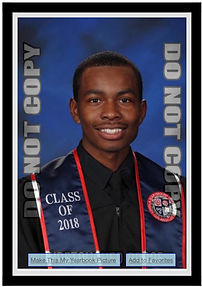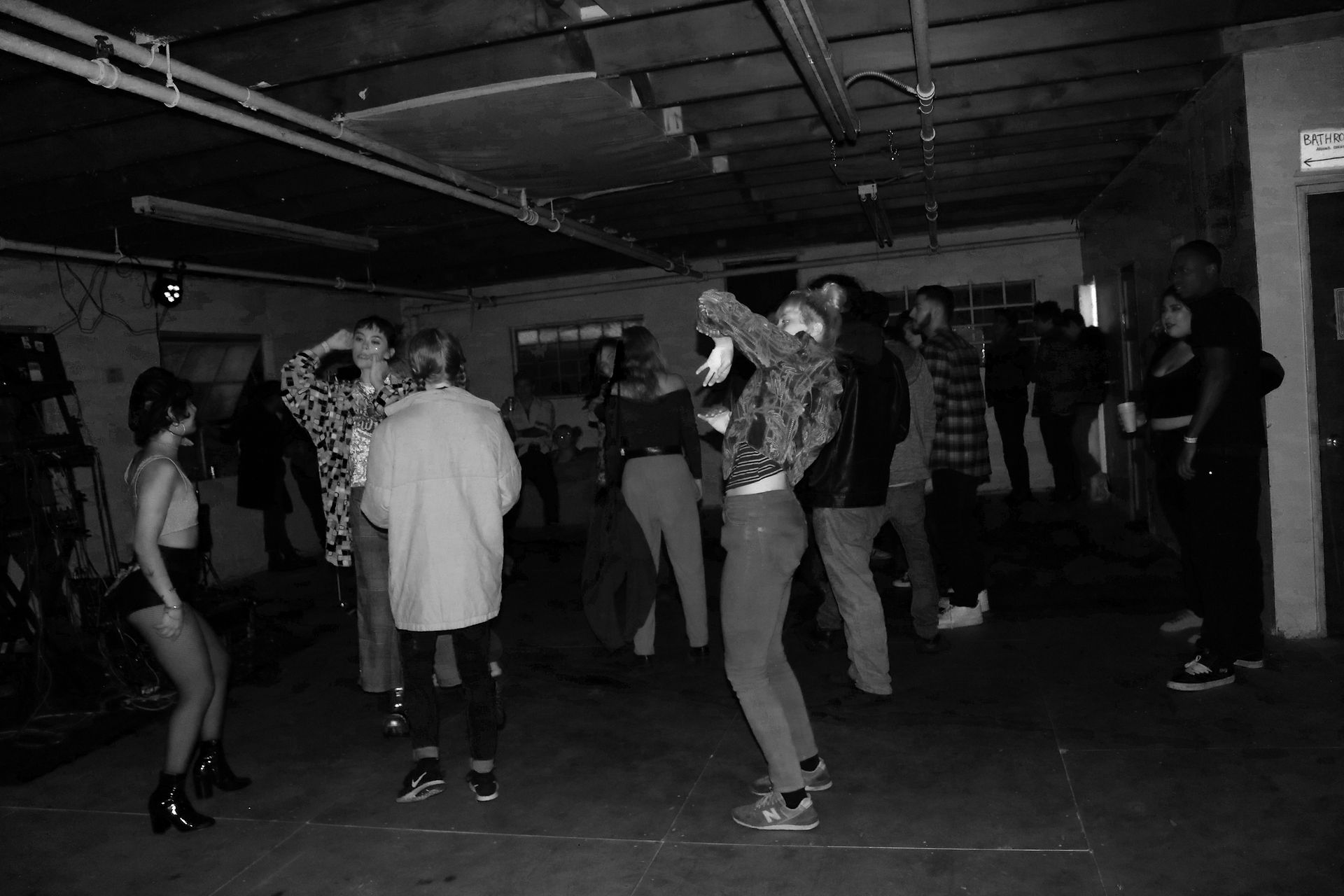
WELCOME TO
THE LA UNDERGROUND MUSIC SCENE
Investigating DIY Venues
Ghost Ship, a popular DIY venue in Oakland, had a reputation for hosting local music shows in its warehouse. In December 2016, 36 people were killed at the Ghost Ship Warehouse during an electronic music event. According to New York Times, the Ghost Ship incident is one of the deadliest structure fires in the last decade. The key factor? Safety Violations.
On the night of the incident, 36 attendees were unable to escape because the building only had one exit. And most importantly, there was no direct route from the staircase to that exit. Jeff Napier, Chief Inspector at Los Angeles Building and Safety (LADBS), highlighted the following safety requirements for assembly structures: Fire alarm system, emergency lighting, exit signs, fire rated construction and materials, flame and smoke spread ratings, plus other code requirements.
Yiwei Meng, aka Minty Boi Presents, offered the following advice to aspiring show promoters,“never be stingy with your money on security guards.” He recalls a time when they used to “hire security guards with like bulletproof jackets and like tasers and like batons.” He does, however, add that “it’s kind of illegal.”
In response to the Oakland fire, DIY venues around the country run the risk of being shut down due to safety violations. Without these spaces, local artists that do not have a big enough following, may lose their opportunity to showcase their music.
Oakland photographer Styrous “knew things would never be the same.” Following the Ghost Ship incident, local government began cracking down on DIY venues. Tenants have been evicted for breaking safety violations, rent has increased significantly for DIY venues, and artists are starting to fear losing creative spaces. For individuals involved in the scene, like Carmen Morales, it is important to save these spaces because “they’re all about community building. You do feel at home. You do feel like you belong.”
"Never be stingy with your money on security guards".

SHARE A STORY
DIY VENUES IN LA
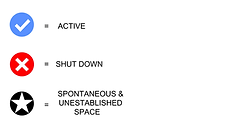
Source: Flor Amezquita
A NIGHT OF DIY

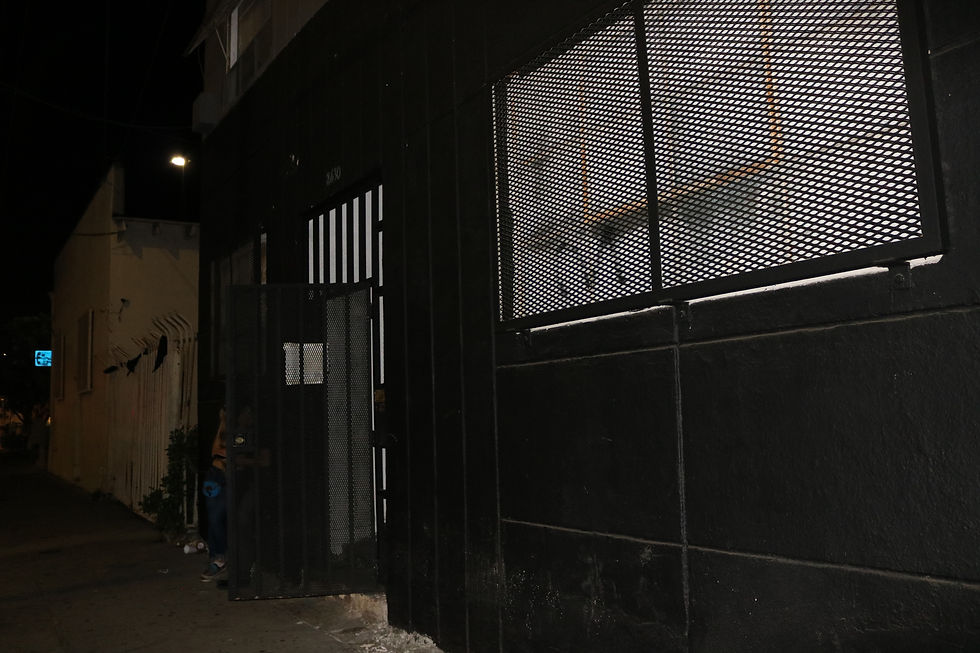
The outside of TOP Space is very unassuming. Grimy walls and graffitied windows show no signs of any kind of parties.
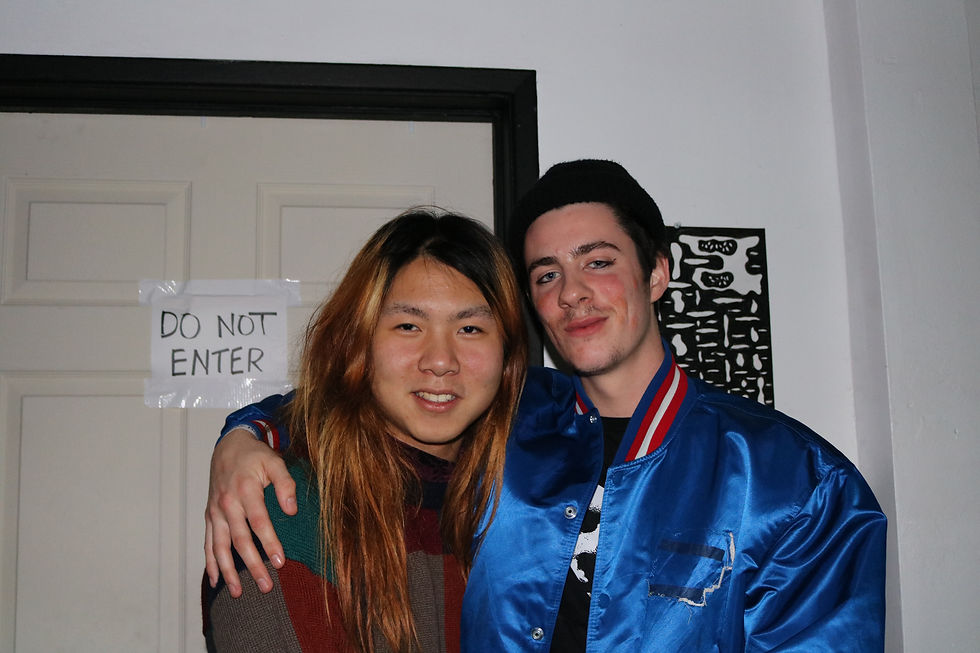
Upon entering TOP Space, Yiwei Meng, aka Minty Boi Presents, is standing next to his best friend. He hangs out at the entrance to greet his show attendees.
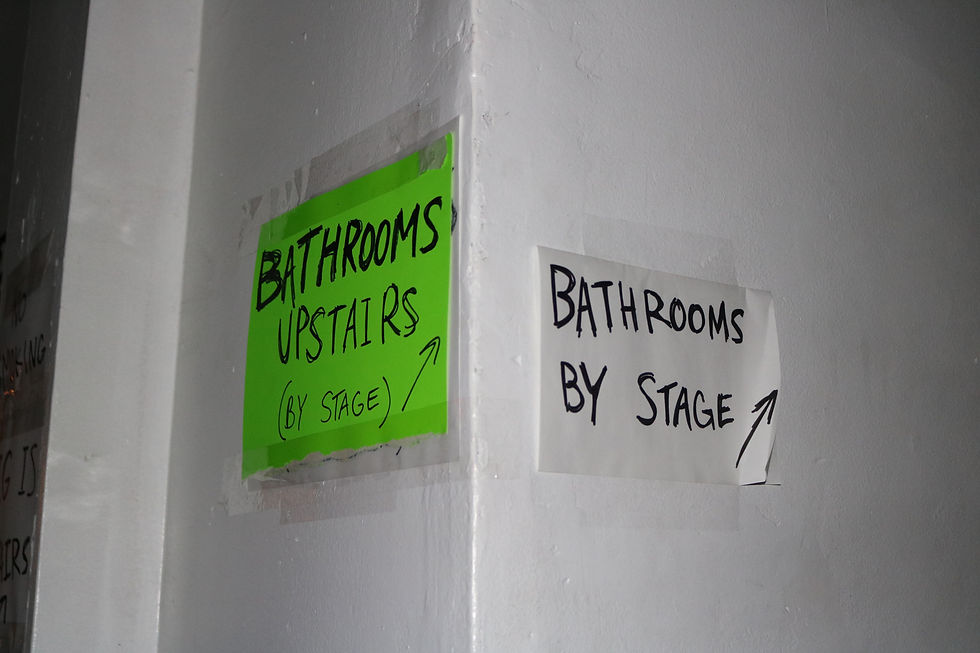
Although the inside of the warehouse is mazelike, signs posted inside the venue direct us to the stage.
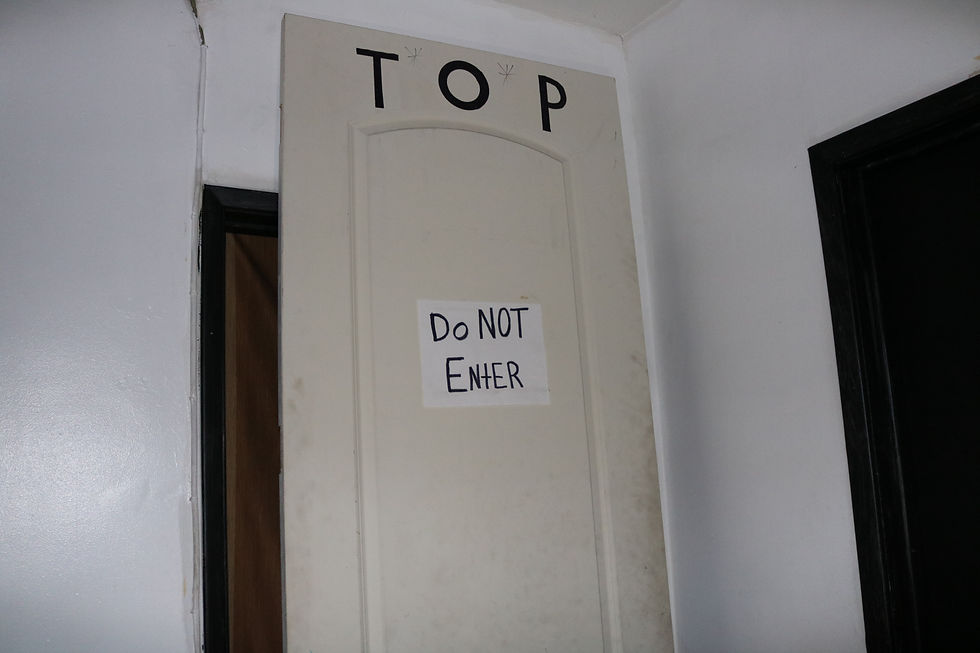
Before entering the room with the stage, there is a door to the left blocking the entrance to Lauren’s bedroom. Lauren is one of the six people living in the warehouse.
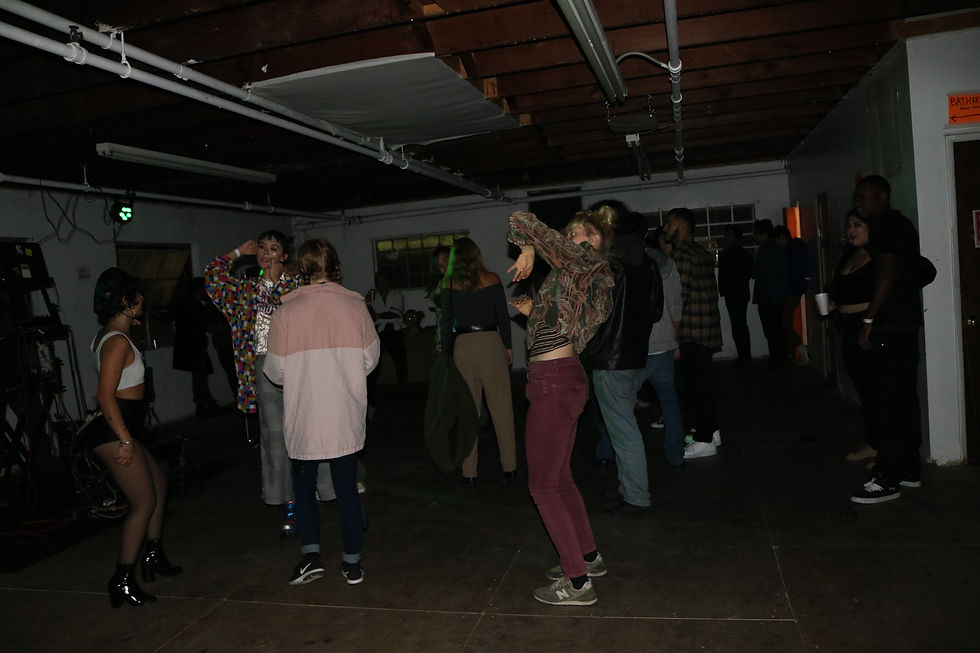
The dance area in front of the stage is full of people dancing and chatting with friends.
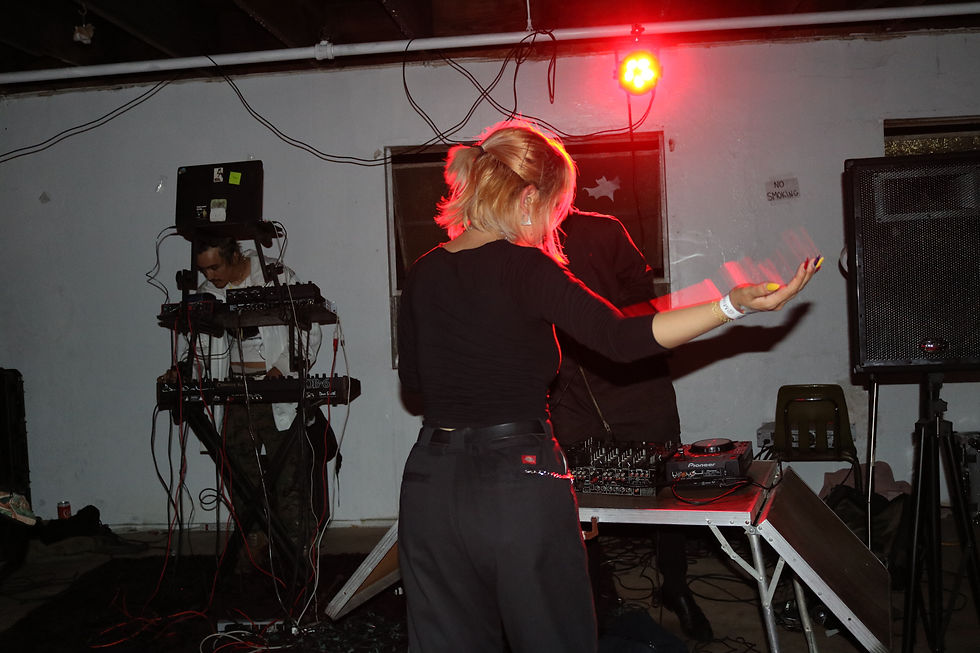
This particular girl has claimed her dancing area in front of the stage.
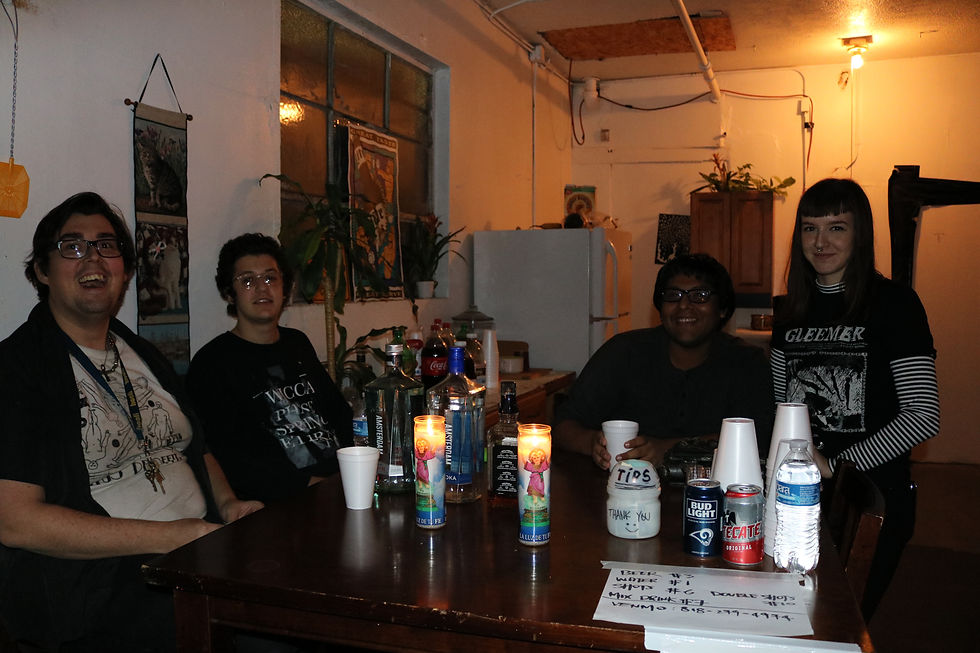
Back downstairs at the refreshment table, Johan and Lauren, all the way on the right, are two of the six residents that live in the warehouse.
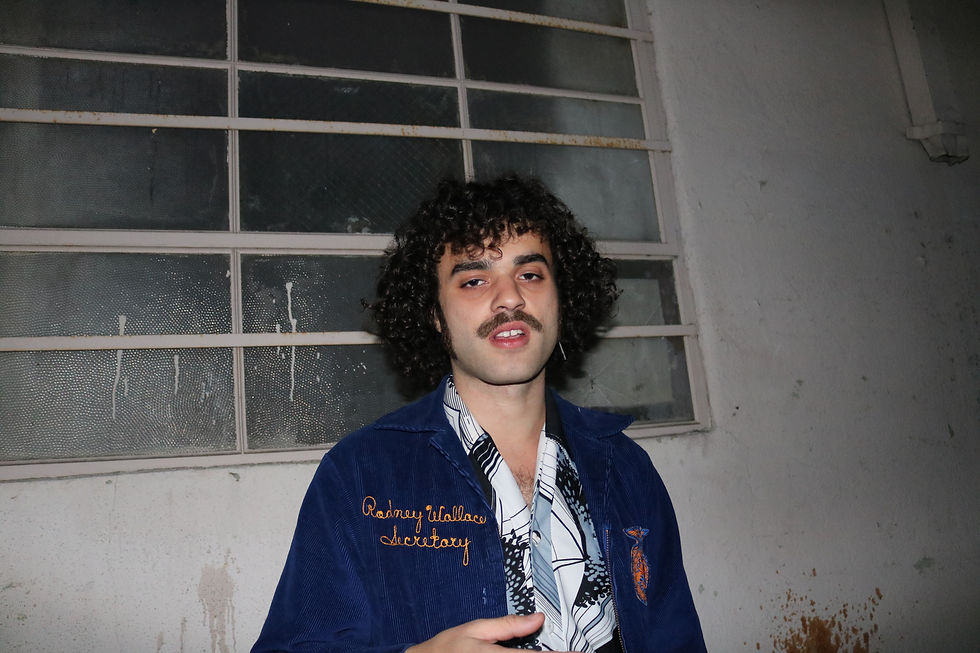
Outside of the venue in a hidden alleyway, this attendee is chatting with friends.
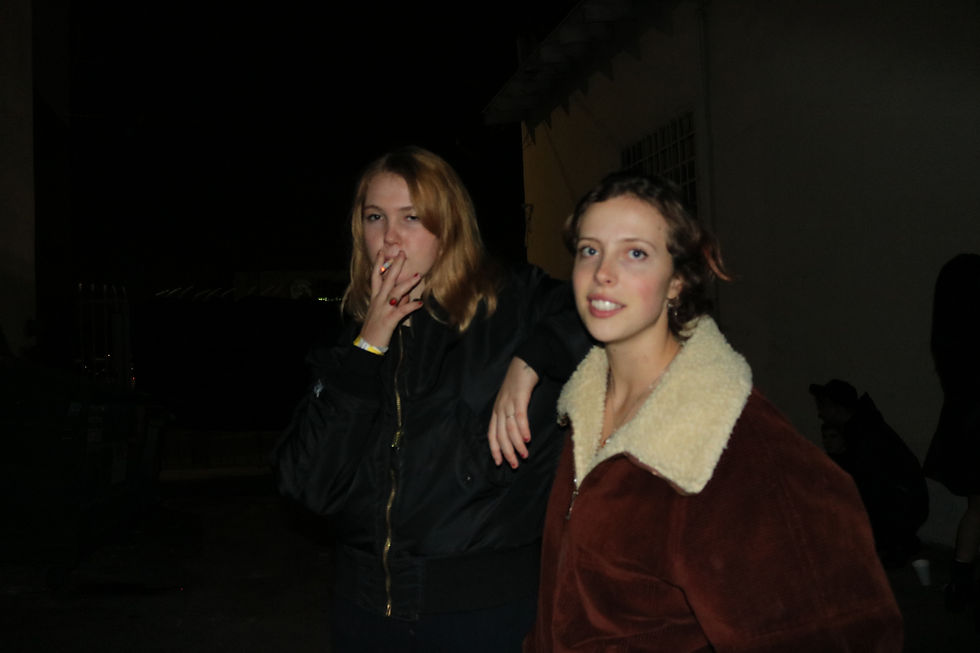
Most of the people standing in this alleyway are catching up with friends or taking a smoke break.
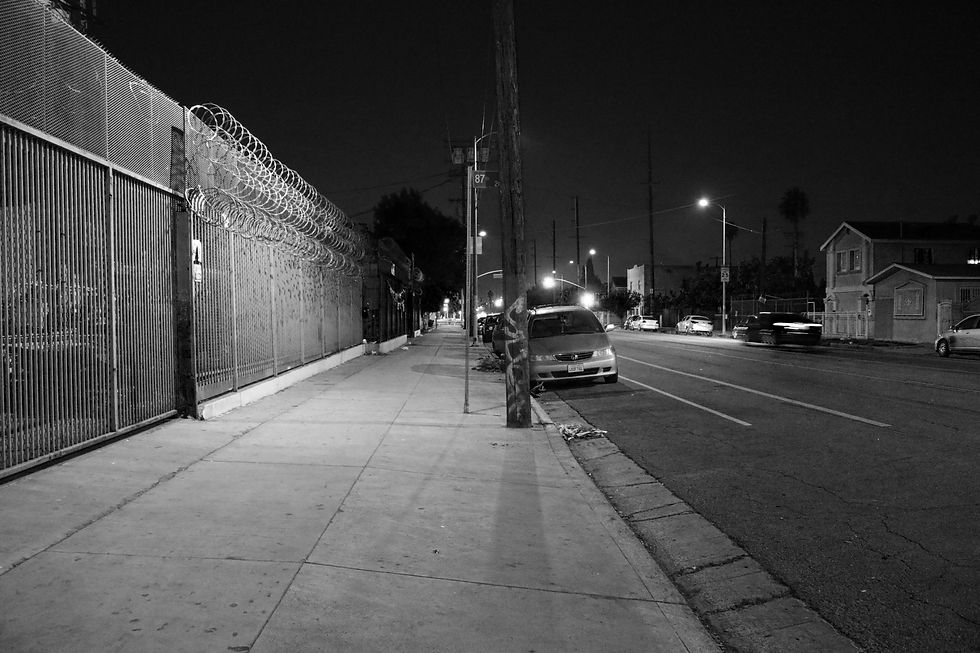
MORE


DIY venues have the ability to provide safe spaces for those in need, and give local artists the opportunity to perform. Although they pose safety hazards, DIY venues are important because they allow smaller artists to gain recognition, as they may not have the opportunity to perform in bigger venues before having a fan base.
These venues serve as outlets for those who do not identify with mainstream culture. Typically, DIY venues appear to be normal buildings, but the interior is altered to fit the owner’s vision behind the space. Some venues, like TOP Space, serve as both living and performance space.
Carmen Morales, treasurer of HM157 and previous founder of LA Fort, highlights that local government had attempted to regulate DIY spaces prior to the Ghost Ship fire. She recalls an event three years prior to the incident, where her space caught fire and city officials had to get involved. She specifically says, “At the time permits were very costly, the city really got involved probably in like 2013. Luckily no one was hurt, but unfortunately our landlord decided to raise our rent.”
Although Morales understands the risks that come with DIY and the consequences from city officials, she still believes there is to gain from following the rules. Morales says, “we support the city as much as it supports us, because it is important that we work together. Especially if there can be a happy medium. I think it is important for DIY communities. I’m not saying hey, follow the rules, but be aware because shit happens and we just have to be prepared for it.”
Ultimately, DIY concerns itself over safety for its future generation. Morales is inspired by moments when she “hears [her] nephews and nieces saying stuff like ‘oh that’s so cool and DIY.’”

TESTIMONIALS
Defining DIY.
"DIY means a safe space where I can be myself"
Throwing DIY Shows.
"Once it comes together, and people are paying and going into the venue... it's like the best feeling ever. Literally my face hurts from smiling"
FLOR
A junior English major and Journalism minor at Loyola Marymount University, Flor Amezquita hails from the valleys of Glendale, California. She loves her dog and music.
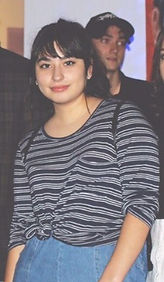
GILLIAN
Gillian is a junior at Loyola Marymount University majoring in Multimedia, minoring in French and Journalism. She is from Philadelphia, Pennsylvania. She also loves her dog.
AUTHORS

DAVONTAE
Davontae Henley. Senior English Major & Women's Studies Minor at Loyola Marymount University. He loves skateboards and fast cars.
